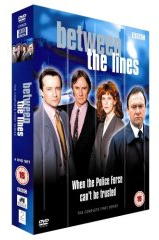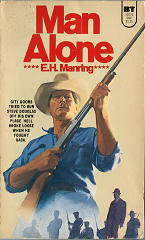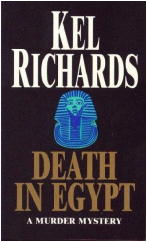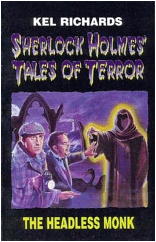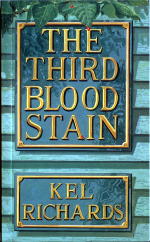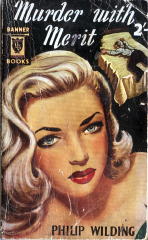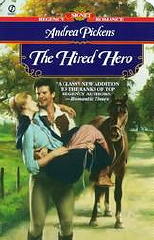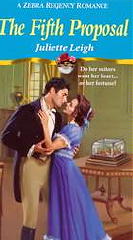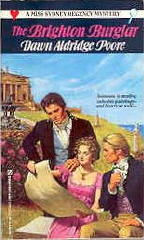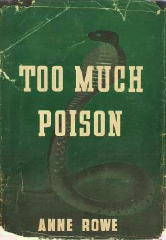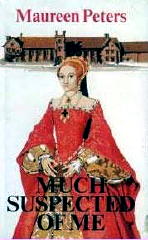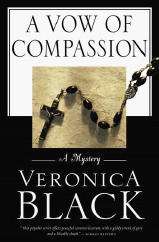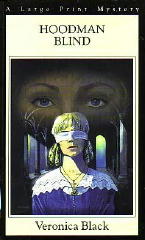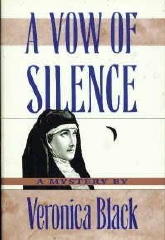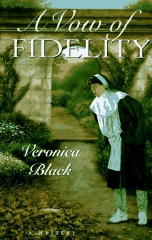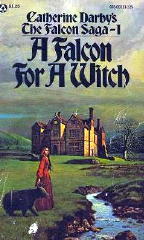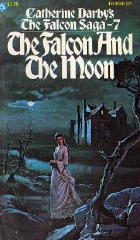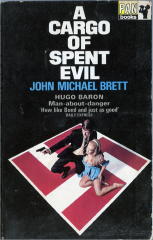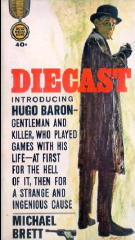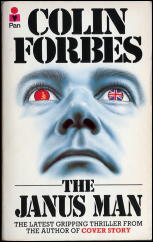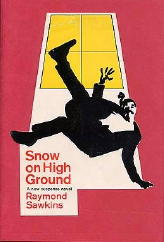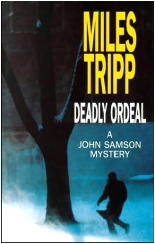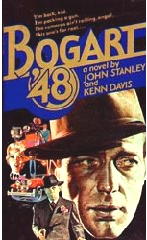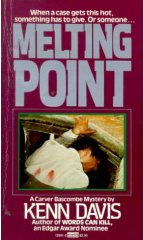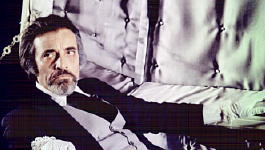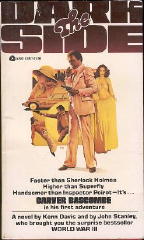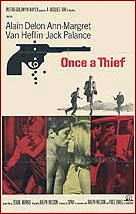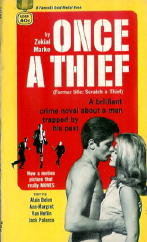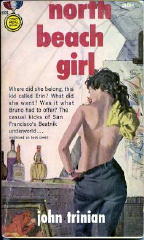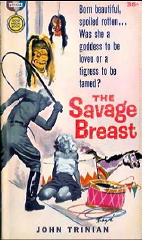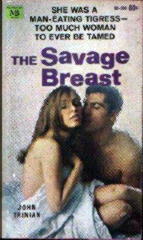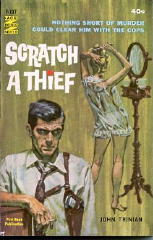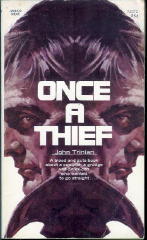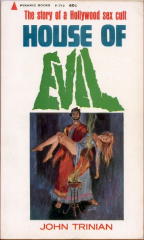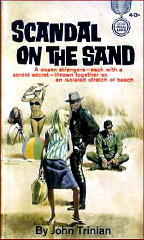Thu 5 Jun 2008
Archived Review: JOYCE CHRISTMAS – A Better Class of Murder.
Posted by Steve under Authors , Bibliographies, Lists & Checklists , Characters , Crime Fiction IV , ReviewsNo Comments
JOYCE CHRISTMAS – A Better Class of Murder.
Fawcett, paperback original; 1st printing, Dec 2000.
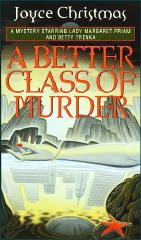
Question. Did Hercule Poirot and Miss Marple ever appear in a story together? I don’t think so, but I might be wrong. I know that Perry Mason and the detective duo of Bertha Cool and Donald Lam never appeared in the same book. But think about it. Wouldn’t have either one been quite an event? Crossovers like this used to be rare in the comic book field, now it’s so common they do it all the time, even between DC and Marvel, two different publishers and direct competitors, if you will.
But for mystery fiction, it’s not an everyday occurrence. (*) So to have the first appearance together of Joyce Christmas’s two main characters, Manhattan socialite Lady Margaret Priam (ten previous books) and retired office manager Betty Trenka (four earlier mysteries), well, when it first came out, her fans must have been grabbing the book right off the shelf.
For me, though, this is the first of either series I’ve read, and it’s (in a word) disappointing. The two characters could not be from two more different worlds, but that’s not the problem. Poirot and Miss Marple are equally opposite in many ways, but just consider the puzzles they might have solved together — I think Agatha Christie could easily have come up with a couple of absolute knockouts. They would have been doozies.
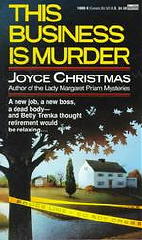
That’s not the case here. In fact, there’s very little case to be solved, and neither Lady Margaret or Miss Trenka get within 50 miles of the crime itself. Betty Trenka is asked by a neighboring suburbanite, a computer expert by trade, to do another job entirely, one that takes her into New York City, and thus into Lady Margaret’s social set, almost incidentally so. The connection turns out to be a dead woman whose body had been found earlier, back in (further) upstate Connecticut, involved somehow with a missing and essential computer disk.
As crimes go, this is a rather mild one, and the solution is unravelled more or less perfunctorily, with no further ado or commotion. Lady Margaret has nothing to do but show Betty Trenka around the city, which the latter’s naiveté does make amusing, and perhaps even mildly interesting. All in all, though, what you should expect from this book is a lot more talk than there is action, of which there is none, neither physical nor mental.
COMMENT (*). 06-05-08. It wasn’t true then, and while it may be more true now, crossover appearances between mystery characters still happen only about .01 of 1% percent of the time. Of course in comic books it happens so often that it’s taken for granted, and it’s boring.
JOYCE CHRISTMAS: A Checklist —
[Expanded upon from her entry in the Revised Crime Fiction IV, by Allen J. Hubin. All of her mysteries were published as paperback originals by Fawcett, or in the case of the earlier ones, Fawcett Gold Medal.]
Lady Margaret Priam
1. Suddenly in Her Sorbet (1988)
2. Simply to Die for (1989)
3. A Fete Worse Than Death (1990)
4. A Stunning Way to Die (1991)
5. Friend or Faux (1991)
6. It’s Her Funeral (1992)
7. A Perfect Day for Dying (1993)
8. Mourning Gloria (1996)
9. Going Out in Style (1998)
10. Dying Well (2000)
Betty Trenka
1. This Business Is Murder (1993)
2. Death at Face Value (1995)
3. Downsized to Death (1997)
4. Mood to Murder (1999)
Lady Margaret Priam & Betty Trenka in tandem
1. A Better Class of Murder (2000)
2. Forged in Blood (2002)
